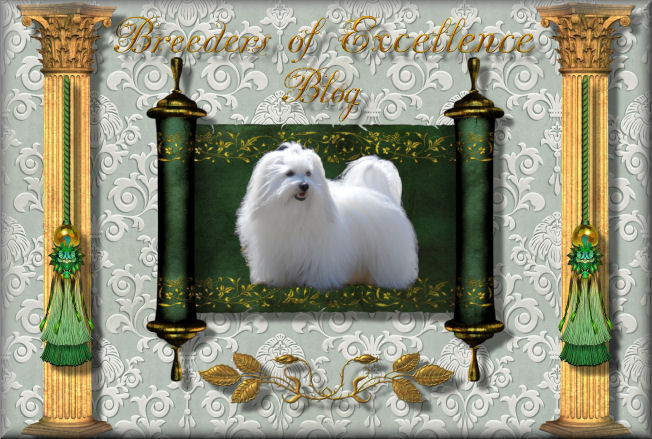The Coton de Tulear Breeders of Excellence do have puppies available. Also, adult Cotons may be available as well. Scroll down on this blog for more information or please write us.
Our puppies are placed in loving homes very quickly, and in a lot of cases before they are even born. We health test all of our breeding dogs.


